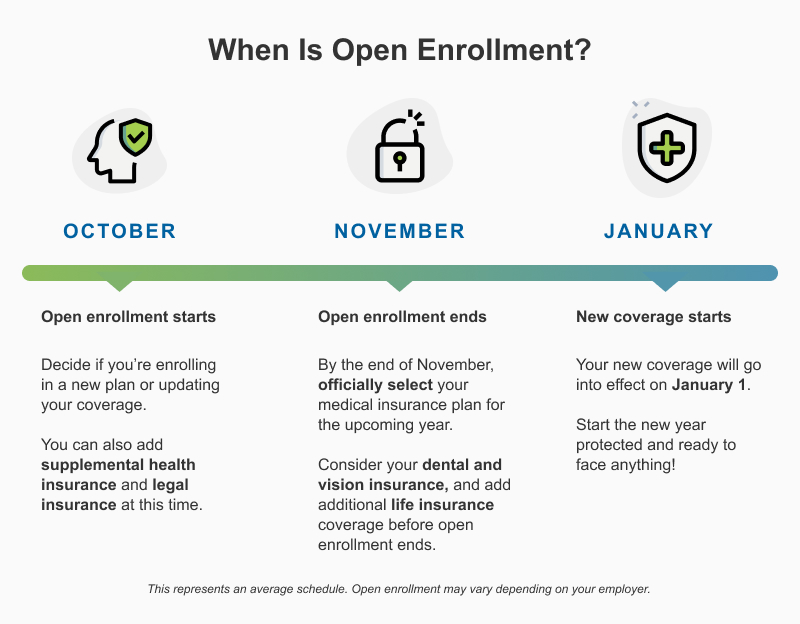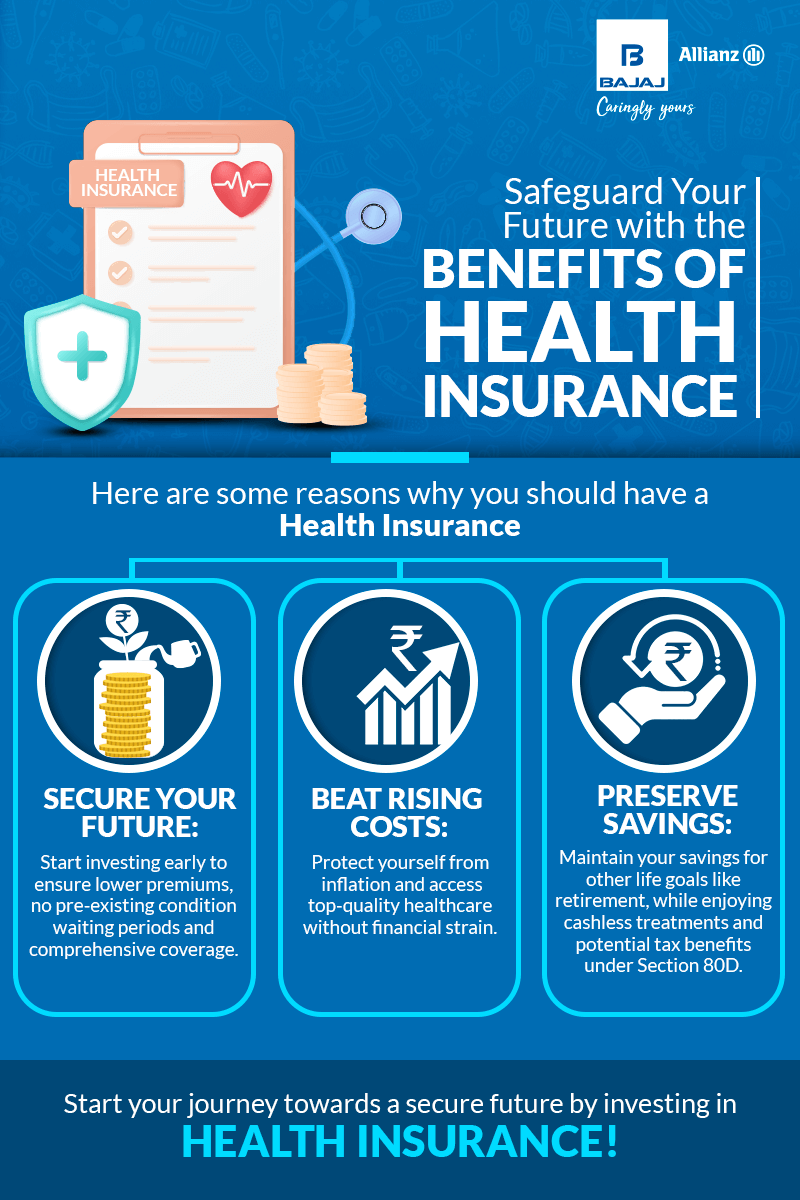4 Simple Techniques For Medicare Advantage Agent
Table of ContentsMedicare Advantage Agent Fundamentals ExplainedExcitement About Medicare Advantage Agent9 Simple Techniques For Medicare Advantage Agent

follows from perplexing the reasonably young age profile of the without insurance with the better health, typically, of younger persons. This obscures the web link between health and wellness condition and wellness insurance policy. For those without accessibility to workplace medical insurance, poor wellness is a prospective barrier to acquiring nongroup insurance coverage due to the fact that such protection might be highly valued, omit pre-existing conditions, or be simply not available. The number of uninsured Americans is not specifically big and has not transformed recently. 7 out of ten participants in a nationally representative study thought that less Americans lacked health insurance coverage than in fact do(Fronstin, 1998). Roughly half(47 percent )thought that the variety of individuals without medical insurance lowered or stayed consistent over the latter half of the last years(Blendon et al., 1999). This decrease of virtually 2 million in the number of individuals 'without insurance (a reduction
of about 4 percent)is absolutely a positive change. With a softer economic climate in 2000 the current reported gains in insurance protection might not proceed(Fronstin, 2001 ). The decline in the variety of uninsured will not proceed if the economy stays slow and healthcare expenses remain to outmatch rising cost of living. This is because the data were collected for a duration of strong financial efficiency. Of the approximated 42 million individuals that were without insurance, just about about 420,000(about 1 percent)were under 65 years of age, the age at which most Americans become eligible for Medicare; 32 million were adults between ages 18 and 65, about 19 percent of all grownups in this age; and 10 million were children under 18 years of age, about 13.9 percent of all children (Mills, 2000). These quotes of the number of persons uninsured are generated from the annual March Supplement to the Present Population Survey (CPS), carried out by the Demographics Bureau. Unless otherwise noted, nationwide quotes of people without medical insurance and percentages of the populace with different type of insurance coverage are based on the CPS, the most widely utilized source of price quotes of insurance policy protection and uninsurance rates. These surveys and the quotes they produce are explained briefly in Table B. 1 in Appendix B - Medicare Advantage Agent. These studies vary in size and tasting techniques, the inquiries that are inquired about insurance
Medicare Advantage Agent - An Overview
protection, and the time duration over which insurance policy protection or uninsurance is determined(Lewis et al., 1998, Fronstin, 2000a ). Still, the CPS is especially valuable due to the fact that it creates yearly estimates reasonably promptly, reporting the previous year's insurance protection approximates each September, and because it is the basis for a constant collection of quotes for more than twenty years, permitting evaluation of patterns in coverage with time.

Not known Facts About Medicare Advantage Agent
Over a three-year duration beginning early in 1993, 72 million important site people, 29 percent of the united state populace, were without insurance coverage for at the very least one month. Within a single year(1994), 53 million individuals experienced at least a month without coverage(Bennefield, 1998a). Six out of every ten uninsured adults are themselves utilized. Although functioning does enhance the probability that a person and one's household members will certainly have insurance policy, it is not a warranty. Also participants of families with 2 full-time wage earners have virtually a one-in-ten opportunity of being uninsured (9.1 percent without insurance price)(Hoffman and Pohl, 2000 ). The relationship between medical insurance and access to care is well developed, as recorded later on in this chapter. Although the partnership in between medical insurance and wellness end results is neither direct neither easy, a considerable clinical and health services study literature web links medical insurance coverage
to enhanced accessibility to care, far better quality, and enhanced personal and population health condition. For instance, the 2nd record, on individual wellness end results for uninsured grownups, is represented by the innermost circle of the figure, while the third report, on household wellness, encompasses the Check Out Your URL subjects of the 2nd record however stresses a different system of analysis, particularly, the family. The 6th record in the series will present information about strategies and efforts embarked on locally, statewide, or nationally to address the lack of insurance and its damaging effects. Levels of analysis for examining the impacts of uninsurance. This discussion of health and wellness insurance protection focuses primarily on the united state population under age 65 due to the fact that essentially all Americans 65 and older have Medicare or various other public protection.
It concentrates specifically on those without any health and wellness insurance for any length of time. The issues faced by the underinsured are in some aspects comparable to those dealt with by the uninsured, although they are normally much less extreme. Uninsurance and underinsurance, nonetheless, include distinctly different policy concerns, and the strategies for resolving them may vary. Throughout this research study and the 5 reports to follow, the main focus gets on individuals without any health and wellness insurance coverage and therefore no help in spending for healthcare past what is offered with charity and safety and security internet institutions. Medical insurance is an effective aspect impacting receipt of care because both patients and medical professionals react to the out-of-pocket price of solutions. Medical insurance, nonetheless, is neither essential nor sufficient to acquire access to clinical services. However, the independent and straight effect of wellness
insurance policy coverage on accessibility to health and wellness services is well established. Others will acquire the healthcare they need also without health and wellness insurance, by spending for it out of pocket or seeking it from companies who offer treatment complimentary or at very subsidized prices. For still others, medical insurance alone does not make certain invoice of care due to the fact that of other nonfinancial barriers, such as a lack of healthcare carriers in their neighborhood, restricted accessibility to transportation, illiteracy, or etymological and cultural distinctions. Formal recommended you read research study about without insurance populations in the United States dates to the late 1920s and early 1930s when the Board on the Expense of Treatment produced a collection of reports about funding physician office sees and hospitalizations. This problem became salient as the numbers of clinically indigent climbed throughout the Great Depression. Empirical studies continually support the link in between access to care and enhanced health and wellness outcomes(Bindman et al., 1995; Starfield, 1995 ). Having a routine source of treatment can be considered a forecaster of gain access to, instead than a straight step of it, when wellness end results are themselves used as access indications. This extension of the concept of accessibility measurement was made by the IOM Committee on Monitoring Access to Personal Healthcare Provider(Millman, 1993, p. Whether moms and dads are guaranteed shows up to influence whether their youngsters receive care along with just how much careeven if the kids themselves have coverage(Hanson, 1998). The health of moms and dads can affect their capability to care for their kids and the degree of household anxiety. Fretting regarding their kids's access to care is itself a source of stress and anxiety for moms and dads. 3 chapters comply with in this record. Chapter 2 offers an introduction of just how employment-based wellness insurance coverage, public programs and private insurance coverage run and engage to offer substantial however insufficient protection of the U.S. population. This includes a review of historic patterns and public laws impacting both public and personal insurance coverage, a discussion of the communications amongst the various sorts of insurance, and an evaluation of why people relocate from one program to an additional or wind up
